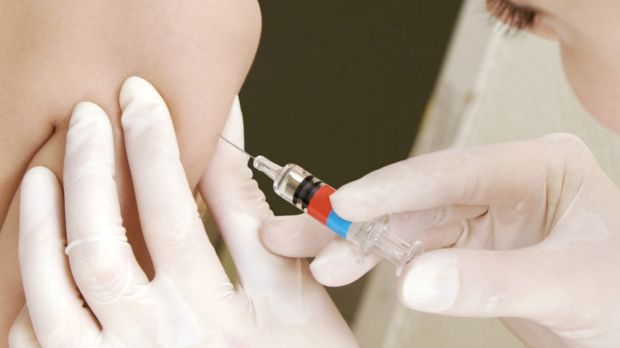The state government has named Perth’s four worst performing suburbs for childhood vaccination rates following an announcement that immunisation would become one of its top priorities over the next four years.
Cottesloe, Claremont, Fremantle and Mundaring were reported as having some of the lowest vaccination rates for children under five years old while regionally, Augusta, Margaret River, Busselton and Manjimup were also behind the state average.

Most of the Perth metropolitan area fell below the current national average of 91.3 per cent for fully vaccinated two-year-olds.
Health Minister John Day said on Friday the WA Immunisation Strategy 2016-2020 would target areas and groups of concern.
“The fully vaccinated rate for five-year-old children in WA has shown improvement over time, and is currently 90.9 per cent, while the rate is even higher in that age group for Aboriginal children at 93.3 per cent,” he said.
“But we need to help parents do better for their children, especially in key Perth metropolitan and regional areas where some rates are substantially lower than state and national averages.”
The number of expectant mothers receiving whooping cough vaccinations in WA has risen to 70 per cent, following the introduction of a free booster program established after the death of newborn baby, Riley Hughes, from the preventable disease in 2015.
“There are still too many vaccine-preventable diseases occurring in WA, with consequences including increased doctor visits, absence from work and school, hospitalisation, permanent disability and premature death,” Mr Day said.
“Nationally, influenza alone is estimated to be responsible for 1500 deaths, 18,000 hospitalisations, and 300,000 GP consultations each year.”
The new immunisation strategy will aim to increase vaccinations for young children, adolescents, adults and Aboriginal people.
It also hopes to improve support and capacity to immunisation providers and improve outbreak responses.
Research shows each $1 spent on routine childhood vaccinations saves the health system up to $5 in direct medical costs.
